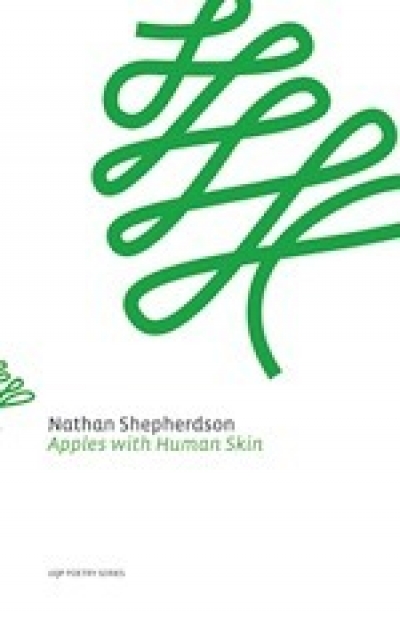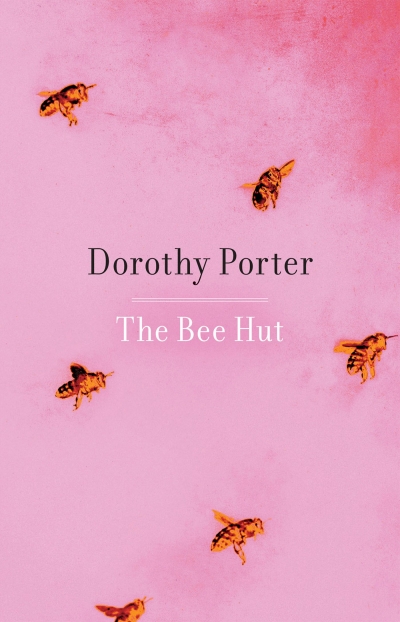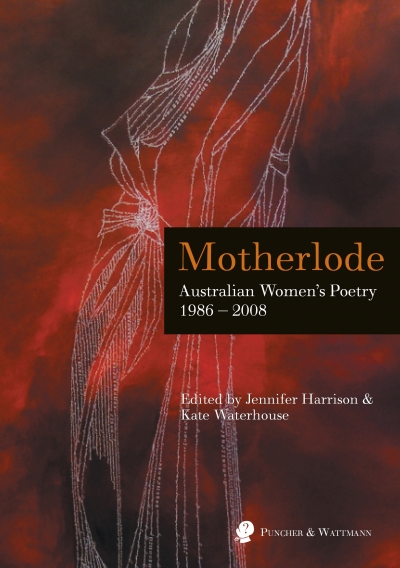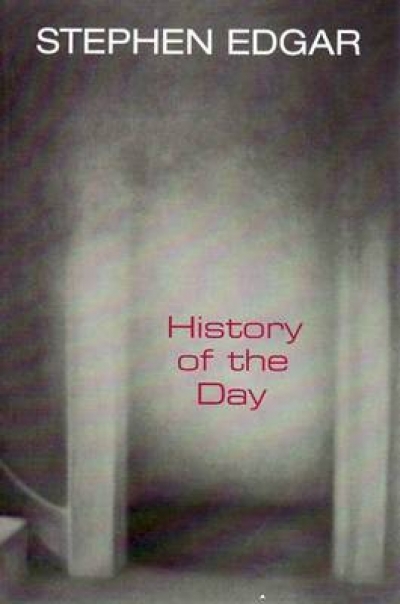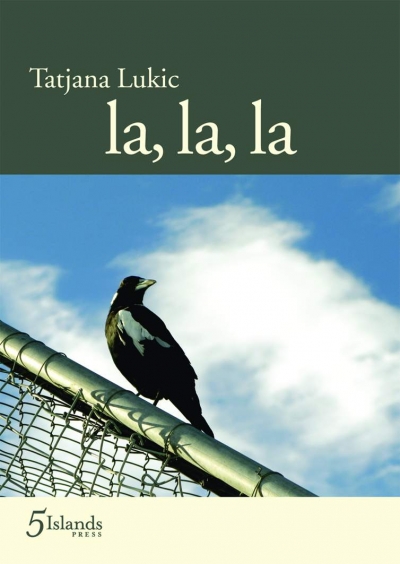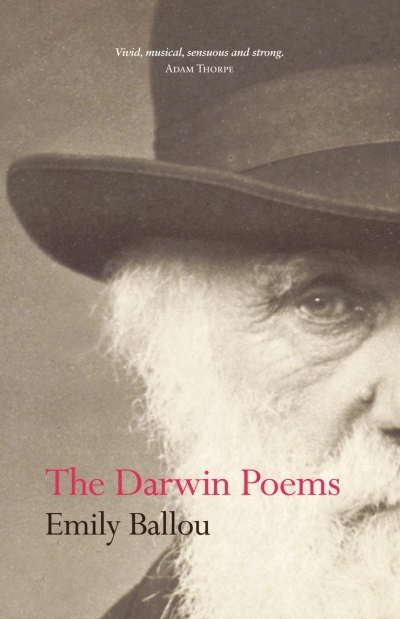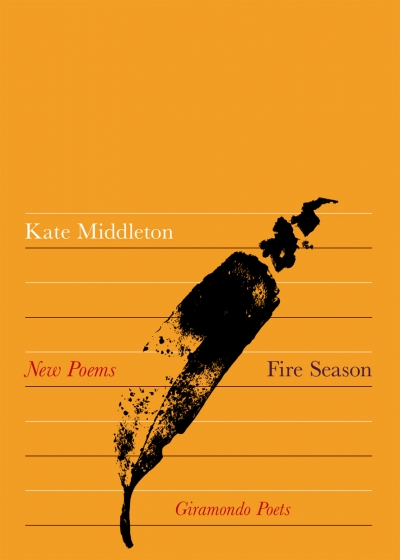Poetry
Apples with Human Skin is a collection of taut but detached poems. Well crafted, with superb use of diction coupled with tight and inventive forms, the poems remain, however, unrelated to anything in modern-day usage or consciousness. There is a coolness to the writing which can become relentless. Imagery and line structure are evocative and precise, and Shepherdson successfully invents a minimalist syntax in each of the longer chaptered poems. There are also shards of social comment hidden amongst the granite-like structures.
... (read more)The wild White Nun, rarest and loveliest
Of all her kind, takes form in the green shade
Deep in the forest. Streams of filtered light
Are tapped, distilled, and lavishly expressed
As petals. Her sweet hunger is displayed
By the labellum, set for bees in flight
To land on. In her well, the viscin gleams:
Mesmeric nectar, sticky stuff of dreams.
The Bee Hut, Dorothy Porter’s fifteenth book, is a collection of poems written between 2004 and her death in December 2009. Many poems address mortality: ‘nothing lasts / not Forster. not Cavafy’s eloquent doomed mediocrities. not you.’ Another important motif is travel and how it affects the traveller. There are two almost contrary themes in the travel poems: the recurring image of the artist as vulture or vampire, destroying what feeds it; and the stately museum or gallery preserving the past intact: ‘I hold in my hand / the greedy, bleeding / pen / that has always / gorged itself’ (‘Blackberries’); ‘Each new ghost in my life / living and dead / smells of mulch’ (‘Vampire’).
... (read more)Motherlode: Australian Women’s Poetry 1986 – 2008 by Jennifer Harrison and Kate Waterhouse
This accessible new anthology collects the work of 125 women poets writing on the theme of motherhood. As well as having general appeal, it will introduce younger female readers of poetry to topics close to their own bodily, emotional futures.
... (read more)History of the Day is Stephen Edgar’s seventh poetry collection. His first was Queuing for the Mudd Club in 1985, and over the last twenty-four years he has been publishing poetry with a strikingly individual formal music. This latest volume further refines his superbly measured control of rhythm and cadence. There is nothing else like it in contemporary Australian poetry.
... (read more)The first thing that struck me on picking up Tatjana Lukic’s posthumous collection, la, la, la, is the impressive appearance of this Five Islands Press publication. High-quality production hasn’t always been a feature of this press, but it is now under the new publishing team. Lukic’s volume joins other attractive collections by poets such as Louise Oxley, Barry Hill and Judy Johnson.
... (read more)Saturday. The usual 9 a.m. flight.
The man beside me hefts a Gladstone.
‘I haven’t seen one of those in years,’
I say, this being sociable Saturday.
I recall a worn one from my twenties
owned by someone else. Always empty
A doctor with a face
worn and grey as his cardigan
calls my name
in his rooms
he asks about the book I’m reading
I tell him
... (read more)Emily Ballou’s first book of poems opens with a quotation from Coleridge’s Definitions of Poetry: ‘Poetry is not the proper antithesis to prose but to science. Poetry is opposed to science.’ A book of poems on the life of Charles Darwin must be a refutation of this idea, though I had expected a more direct return to the comment which, two hundred years after Coleridge wrote it, has accrued greater meaning. In Coleridge’s time, the dazzling and potentially alienating specialisation of the sciences had not occurred, and C.P. Snow had never hailed the ‘two cultures’. Anti-intellectualism had not yet colluded with postmodern suspicion of reason to decry the malign, hegemonic nature of Western science. Coleridge, like many educated men of his time, was conversant with the latest advances in most branches of the sciences. He enjoyed a close friendship with Humphry Davy, the foremost scientist of the day, who also wrote poetry.
... (read more)Kate Middleton’s accomplished first book, Fire Season, begins with ‘Autobiography’, where the child kicks against the perceived constraints and ambiguities of her sex: she could ‘make a half-decent boy’ only if the books she read were ‘full enough of war / or gunrunners, or treasure, or spies, or spoils / of piracy. No, I didn’t know how to hold a hammer.’ Middleton constructs a version of self defined by negatives: the narrator was not a ‘boy’, but does not explain why she sees ‘boy’ as the norm or as a preferred sex. Much of Fire Season explores some historical and mythical women, often in light of this shadowy definition (‘You once said // the visible and the invisible imply each other’, ‘Essay on Absence – Journal (with Judy Garland)’). In particular, Middleton invokes several movie stars – Lana Turner, Barbara Stanwyck, Doris Day, Clara Bow, Lauren Bacall, as well as Judy Garland – measuring her distance from these fabled figures, as well as investigating them as alternative lives.
... (read more)

